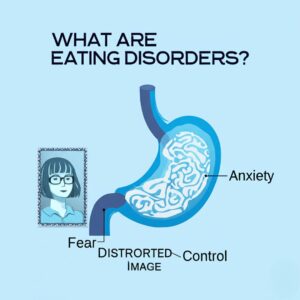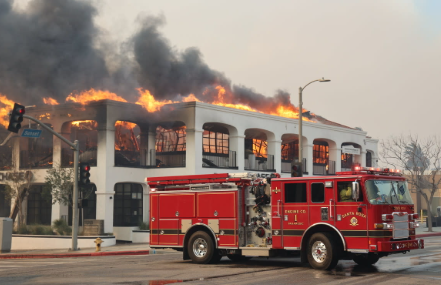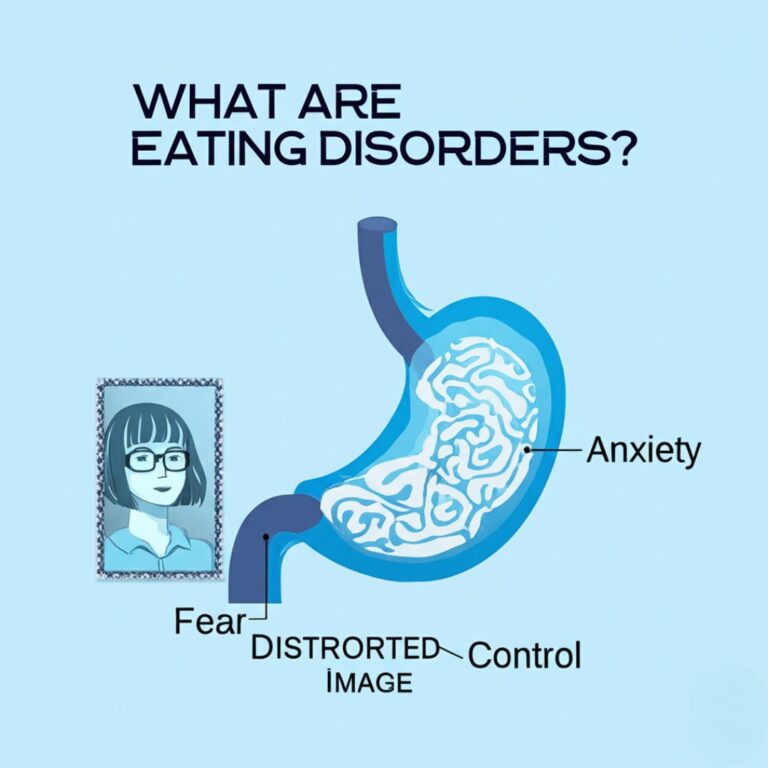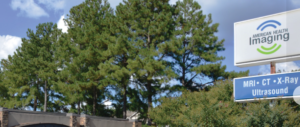Most of the infernos that are consuming Los Angeles wildfire updates have created homes and famous buildings only to be put to odors, ashes, and destruction. But, aside from all of that, these wildfires also bring severe health consequences to the residents. The state has entered another public health emergency brought upon by the skies, creating not only an issue from poor air quality to physical injuries. It is an issue that cries out for urgent action and other appropriate responses. Thus, there is an increased risk in other vulnerable groups such as children, the elderly, and persons with pre-existing respiratory diseases.
The Impact of Wildfires on Air Quality and Respiratory Health
Wildfires send forth smoke that carries harmful pollutants and is contributing significantly toward degraded quality of air and associated serious health hazards-a very responsible scenario. The most present is the PM2.5 fine particulate fraction that is often inhaled into the lungs, and now it is producing adverse effects in the respiratory tract. In fact, much has been said about the particular health effects and safety measures as regards wildfires.
- Hazardous and Particulate Matter (PM2.5) Smoke
- Vulnerable subpopulations within high-risk categories.
- Symptoms to Watch For
Smoke and Fine Particulate Matter (PM2.5)
Fine carbon particles and poisonous gases brought by wildfire smoke enter deep into the respiratory tract such that it irritates and then inflames.It ultimately worsens asthma, bronchitis, and other chronic lung conditions when exposed for a long time. This exposure is especially detrimental to those with compromised health.
Vulnerable Populations at Risk
Young children, elderly individuals, as well as those suffering from various pulmonary ailments such as asthma or COPD have much more uncompromising effects of wildfire smoke on their already fragile lungs. They are prone to have serious health effects like trouble in breathing or aggravations of chronic conditions.
Symptoms to Watch For
Smoke inhalation from forest fire can also lead to difficulty in breathing, intense pain in the chest, cough with prolonged duration, and irritation in the eyes. According to most signs observed, such symptoms indicate distress in the respiratory system; therefore, they should be handled with speed among vulnerable populations.
Evacuations and Mental Health Struggles
Evacuations during wildfires often lead to considerable stress and emotional trauma affecting mental health. There is uncertainty when homes or personal belongings are lost, resulting in suffering from anxiety, depression, or post-traumatic stress disorder. Therefore, during such difficult times, counseling and community support are very critical for helping individuals cope.
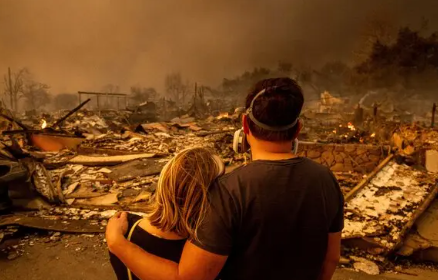
- Psychological Impact
- Community Support Needed
- Tips for Coping
Psychological Impact
With the loss of a home or forced evacuation occurring in wildfires, a person can suffer very intense emotional trauma, disrupting his safety and stability. Most people who have experienced this event suffer anxiety, depression, and sometimes PTSD as they try to cope with the trauma. Support networks and mental health resources are important for resiliency and recovery.
Community Support Needed
Counseling service and hotlines related to mental health ensure that a trauma victim of wildfire events obtains much-needed support; they assist in controlling stress, anxiety, and even grief during and after the crisis.
Tips for Coping
Deep breathing can help alleviate anxiety and tension during difficult times. Connection keeping by family and friends, as well as some limiting of external news, can also help encourage better personal health-going and emotional health.
Heat-Related Illnesses and Dehydration
Poorly conditioned air creates an association with fire, excessive heating, and dry weather. When people are exposed to extreme heat for long periods, they may experience such heat-related injuries as heat stroke or dehydration. Dehydration is the condition mostly caused by prolonged exposure to intense heat without water intake. Under these circumstances, the common remedy is to keep well-hydrated, minimize physical exertion, and remain as much as possible in the shade or air-conditioned areas when available.
- Signs of Heat Exhaustion
- Hydration is Key
- Protecting First Responders
Signs of Heat Exhaustion
The manifestations of heat exhaustion or heat stroke are fatigue, dizziness, fast heartbeat, and profuse sweating. As soon as one experiences such signs, the person should immediately cool down, hydrate, and seek medical attention if necessary.
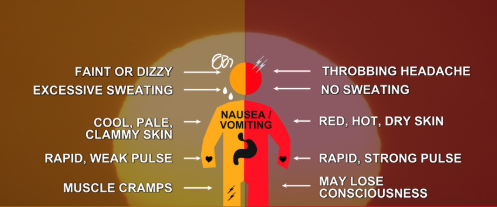
Hydration is Key
The best way to counter the increased effects of dehydration and heat-related illnesses is by drinking adequate amounts of water during the extreme heat. One must also avoid going outdoors for vigorous activities but seek shaded or air-conditioned premises for coolness and safety.
Protecting First Responders
Water consumption and cooling interventions are life-saving measures for firefighters and emergency personnel operating under extreme heat-stress conditions. Daily consumption of large amounts of water, long breaks, and the use of established cooling stations provide the best preventive measures against heat injury during very hard exertion.
Injuries and Burn Risks in Affected Areas
Wildfires expose people to a variety of environmental hazards, from burn injuries to ailing lungs and damage from falling debris, injuries requiring at least first aid.

Burn Injuries: They usually require urgent medical attention to counter life-endangering effects of the injury as well as further damage control.
Falling Debris and Structural Collapse: Injury by flames or hot debris can produce some of the most serious burn injuries.Visibility obscured by smoke increases the likelihood that a person will be in the immediate vicinity of an accidentally fallen tree or collapsing structure.
Emergency Medical Attention: It was obviously an accident, so they’d make sure to say that: to avoid the medic, of course at the hospital, but somewhere else.
Steps to Protect Your Health During Wildfires
They help to a great extent in reducing health risk during the wildfires; proactive use of things like N95 masks and staying indoors. Exposure to smoke and thus indoor, clean air can, in a sense, protect respiratory health and well-being.
- Wear N95 Masks: These masks filter out fine particles from wildfire smoke to protect your lungs.
- Stay Indoors: Close all windows and doors and use air purifiers to ensure clean indoor air.
- Follow Evacuation Orders: Complying with official orders will reduce the possibilities of injury risks and exposure to hazardous conditions.
- Prepare an Emergency Kit: Include all mandatory medications, water, and first-aid equipment in your go-bag.
Long-Term Health Concerns Post-Wildfire
Smoky fires harm human health long after the actual flames disappear, and the effects go beyond physical and mental health.It usually takes long and continued medical treatment and psycho-emotional support for one to recover from the physical and emotional sequelae.
- Respiratory Issues: Chronic exposure to smoke is a cause of chronic respiratory disease and causes exacerbation of symptoms of asthma and bronchitis.
- Mental Health: Stress and anxiety can become chronic over the long road of reconstruction of lives and homes.
- Community Health Monitoring: So what should the authorities do? Long-term health surveillance should be undertaken to monitor wildfire-related morbidity.
Health Resources and Support in Los Angeles
Benefits have been established for persons affected by wildfires by facilitating access to local health departments, community centers, and mental health hotlines. These avenues provide medical treatment, counseling services, and advice to assist in injury recovery.
- Local Clinics and Hospitals: Many facilities have focused their efforts on providing free or very low-cost health checks for those who have evacuated.
- Mental Health Services: Disaster is a comprehensive topic for support through the California Hope Crisis Line.
- Air Quality Updates: Utilize applications such as AirNow for information about actual air quality readings.
Final Thought
Recent fires in Los Angeles highlight the increasing need to understand the relationship of natural disasters to public health. With the fire creeping into communities, it also worsens air quality, resulting in various heat-related illnesses and psychological illnesses. People need to be informed about being safe and using health facilities at their disposal. Accessing emergency services, mental health services, and preventive measures would reduce the impact of such disasters on the whole human well-being.
Be informed, be safe, and mind your health as we go through these challenges together.


